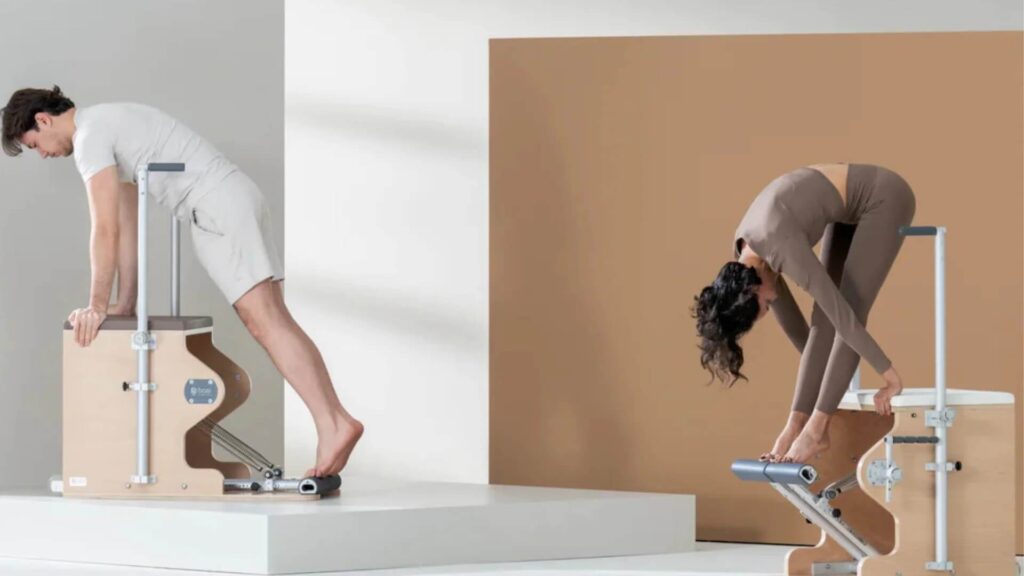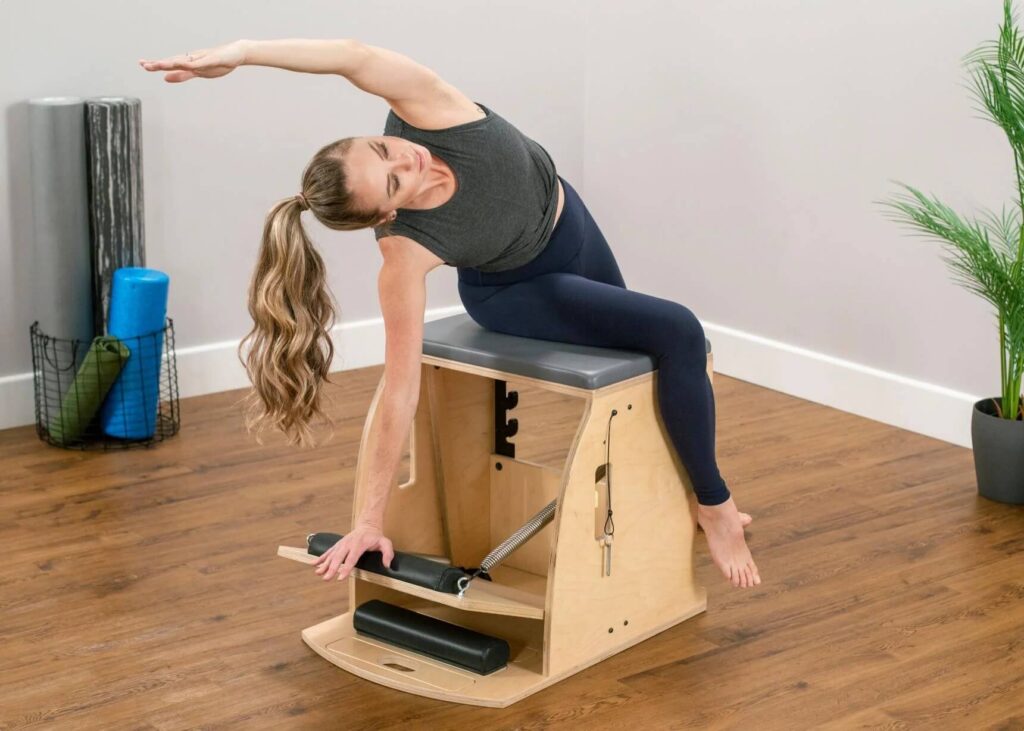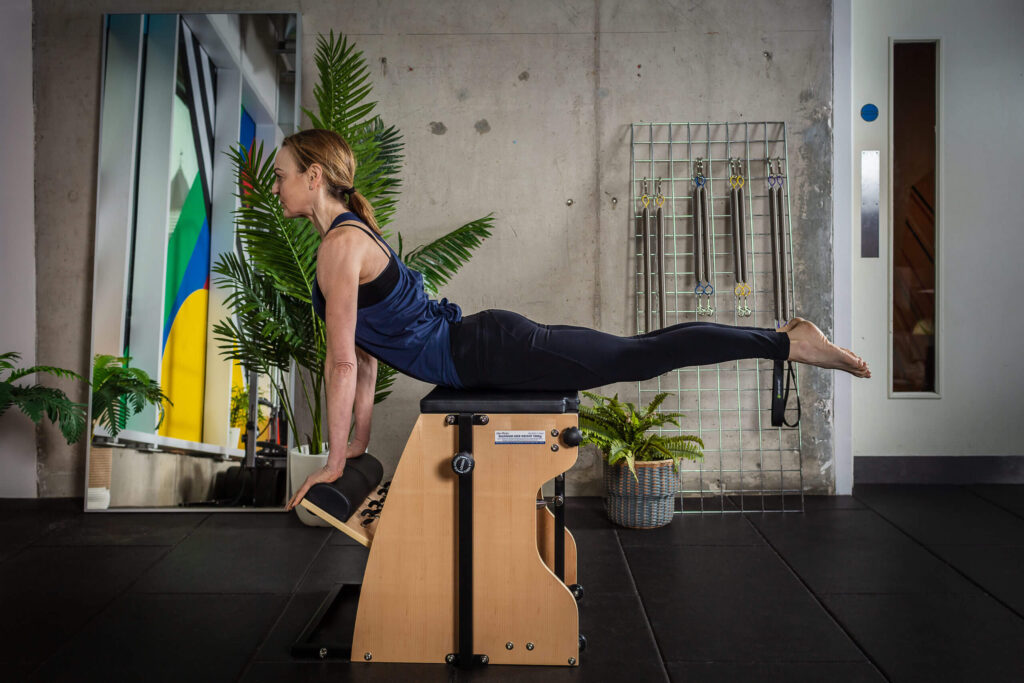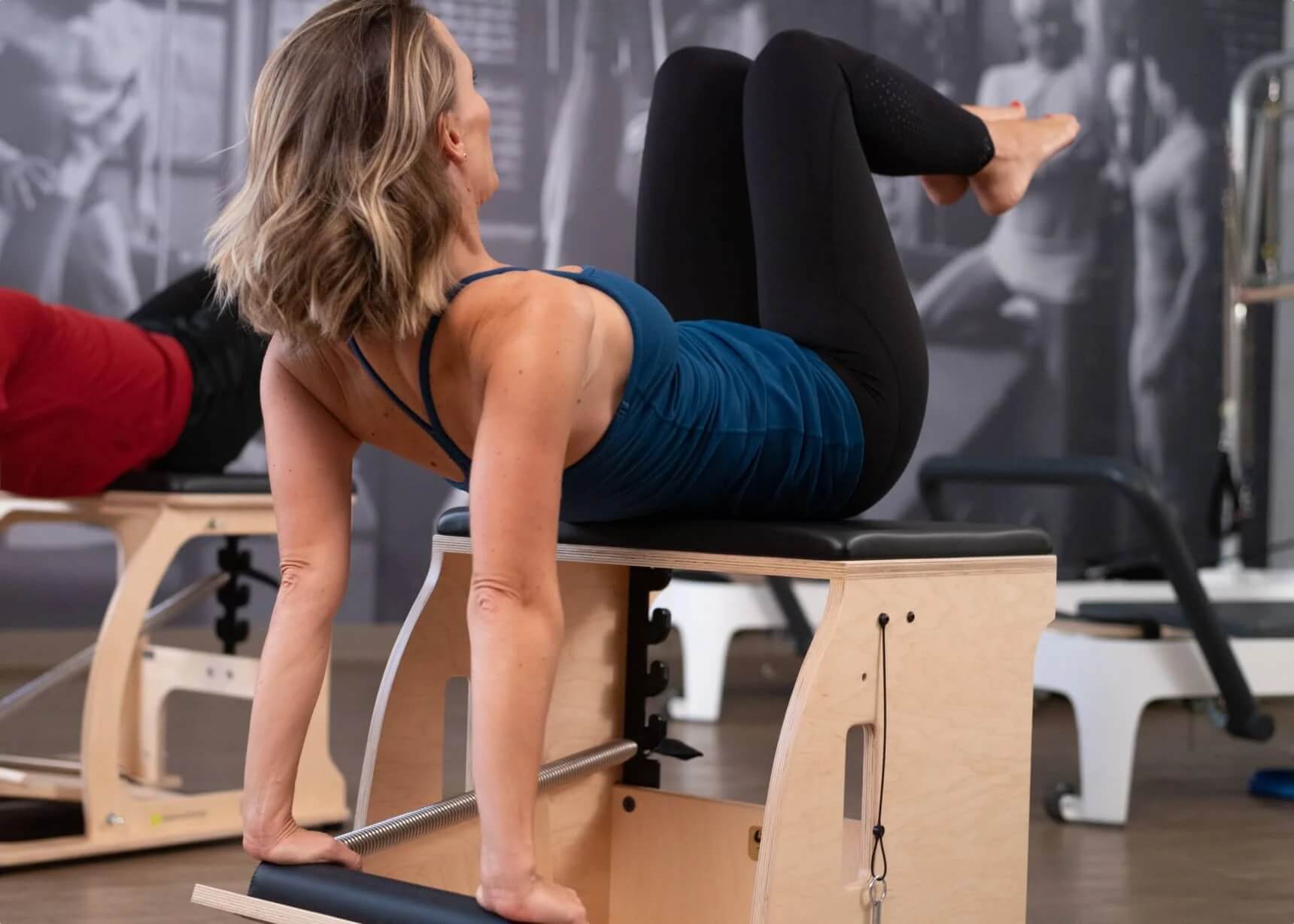Wunda Chairs: Why They’re a Must-Have for Pilates Enthusiasts
For Pilates enthusiasts looking to deepen their practice, the Wunda chair presents an unparalleled opportunity to enhance strength, flexibility, and body awareness. Its unique design and functionality make it an essential piece of equipment in any serious Pilates studio. This article explores the origins, design, benefits, and practical applications of the Wunda chair, helping you understand why it should be a staple in your routine.
Understanding the Wunda chair and its origins
The Wunda chairs are remarkable pieces of Pilates equipment that originally emerged from the innovative mind of Joseph Pilates. It was designed to offer a compact and versatile workout solution, ideal for both studio and home use. The chair has its roots in the early 20th century, developed as Pilates sought to create accessible tools that catered to a range of fitness levels.
Initially conceived as a rehabilitation tool, the Wunda chair has since evolved into a significant component of the Pilates arsenal. It offers practitioners a way to engage in resistance training while still facilitating a degree of support, making it an ideal fit for a variety of fitness enthusiasts.
The inventor behind the Wunda chair
Joseph Pilates, a German physical trainer, developed the Wunda chair in the 1930s, influenced by his background in gymnastics, yoga, and martial arts. His philosophy emphasised the connection between mind and body, leading him to create various apparatuses, the Wunda chair being one of the most notable.
Joseph’s intention with the Wunda chair was to accommodate those with limited space while providing an effective workout tool. It embodies his belief that anyone could embody strength, flexibility, and balance through mindful movement. This philosophy not only shaped the design of the chair but also influenced the way Pilates is taught and practiced today, with a focus on individualised approaches that cater to each person’s unique needs.

The evolution of the Wunda chair in Pilates
Over the decades, the Wunda chair has undergone several modifications while retaining its core principles. Originally a simple design, it has been adapted to include various features such as adjustable springs and foot straps, allowing for a more comprehensive range of exercises. These enhancements make it suitable not only for traditional Pilates workouts but also for rehabilitation purposes.
Today, the Wunda chair is recognised for its ability to challenge even the most seasoned practitioners. As the Pilates industry has grown, so too has the Wunda chair, incorporating modern materials and techniques to address the diverse needs of its users. The chair is now often seen in studios around the world, where instructors utilise it to create dynamic and engaging classes that push the boundaries of traditional Pilates. Furthermore, the Wunda chair’s design has inspired a variety of adaptations, with some manufacturers offering models that incorporate additional features such as built-in resistance bands and ergonomic adjustments, ensuring that it remains relevant in the ever-evolving fitness landscape.
The unique design of a Wunda chair
The design of the Wunda chair is what sets it apart from other Pilates apparatus. Characterised by its compact stature, the chair typically features a padded seat, a pedal, and various springs for resistance. This minimalist approach not only promotes efficiency in movement but also allows for versatility in exercise. The aesthetic appeal of the Wunda chair, often crafted from high-quality wood and upholstered in durable fabrics, adds a touch of elegance to any workout space, making it not just a piece of equipment but a stylish addition to the home.
By utilising its compact design, practitioners can implement the Wunda chair in small spaces, making it an ideal home workout tool. The ergonomic aspects of the chair ensure a comfortable experience during challenging exercises, maximising both effectiveness and safety. Additionally, the design encourages users to engage their core and maintain proper alignment, fostering a deeper connection to their movements. This attention to detail in design reflects the principles of Pilates itself, emphasising control, precision, and mindful practice.
The key components of a Wunda chair
The Wunda chair consists of several key components that contribute to its overall functionality:
- Padded Seat: Provides comfort and support for various exercises.
- Adjustable Springs: Allow users to modify the resistance, accommodating all fitness levels.
- Pedal: Facilitates unique movements that are critical for enhancing strength and coordination.
- Foot Straps: Provide additional support during challenging exercises, enhancing stability.
Each component serves a purpose, contributing to the overall versatility of the Wunda chair and its ability to cater to diverse workout needs. The adjustable springs, in particular, are a standout feature, as they can easily be altered to suit the user’s strength and experience level, making it an inclusive option for everyone from novices to seasoned Pilates enthusiasts. This adaptability ensures that the Wunda chair can grow with the user, providing new challenges as their skills develop.
How the Wunda chair differs from other Pilates equipment
Unlike larger Pilates apparatus such as the reformer, the Wunda chair offers a more intimate and focused experience. It allows for precise movements and immediate feedback, making it an excellent choice for refining techniques. Beginners can benefit from the support it provides, while advanced users can challenge themselves with variations and more resistance. The chair’s design encourages users to concentrate on their form and alignment, fostering a deeper understanding of their body mechanics.
Moreover, its compact size makes it remarkably portable, enabling users to practise anywhere—from fitness studios to living rooms. This level of versatility is often not found in larger equipment, making the Wunda chair a unique option in the Pilates landscape. Furthermore, the ability to easily store the chair when not in use allows for a clutter-free environment, which can enhance the overall workout experience. With its combination of functionality and aesthetics, the Wunda chair not only serves as an effective training tool but also as a statement piece that can inspire a commitment to fitness and well-being.

The benefits of using a Wunda chair in Pilates
The Wunda chair delivers numerous benefits, both physically and mentally, making it a valuable addition to any Pilates routine. Its design not only enhances traditional Pilates methods but also opens up possibilities for innovative workouts that target specific muscle groups.
Many practitioners find that the Wunda chair helps improve their overall strength, balance, and flexibility. The dynamic movements performed on the chair engage core muscles and help to stabilise the body, which is crucial for maintaining proper posture in everyday activities.
Enhancing your Pilates workout with a Wunda chair
Incorporating the Wunda chair into your Pilates routine offers a fresh perspective on familiar exercises. It allows for variations that can intensify or modify movements, catering to your unique fitness level. This adaptability ensures you can continue progressing as you become stronger and more skilled.
Furthermore, because many exercises are performed in a seated or standing position, the chair helps practitioners to establish a deeper connection with their core. This heightened awareness translates into improved performance in other areas of Pilates practice.
The role of the Wunda chair in injury rehabilitation
The Wunda chair is particularly valued in rehabilitation contexts. Its design allows for targeted movements that can strengthen weakened areas while promoting recovery from injuries. The adjustable resistance springs mean that exercises can be tailored to the individual’s current capabilities, fostering a safe environment for rehabilitation.
Many physiotherapists appraise the Wunda chair for its ability to facilitate controlled movements, essential in rebuilding strength and aiding mobility. Moreover, the chair can function as a tool for proprioceptive training, helping individuals regain balance and coordination after an injury.

Choosing the right Wunda chair for your needs
When selecting a Wunda chair, it’s important to consider various factors to ensure it aligns with your fitness goals and personal needs. Not all Wunda chairs are created equal, and it’s beneficial to research and test options before making a decision.
Considerations might include the chair’s construction material, strength and adjustability of the springs, and whether it includes additional features such as hand straps or padding options. Ensuring that the chair fits comfortably within your space is also essential, especially if you plan to use it at home.
Factors to consider when purchasing a Wunda chair
- Quality of Materials: Look for durable options that can withstand frequent use.
- Adjustability: Ensure that the springs can be easily adjusted to meet various resistance levels.
- Comfort: Check for adequate padding and ergonomic design.
- Space: Consider the dimensions and whether it fits your workout area comfortably.
Taking the time to evaluate these factors can help you make an informed choice that best suits your Pilates practice.
Maintaining and caring for your Wunda chair
Proper maintenance of your Wunda chair will ensure its longevity and functionality. Regular cleaning and inspection of the components, such as springs and pedals, are necessary to keep it in optimal condition. Dust and debris should be removed to avoid wear and tear.
Additionally, if any components show signs of damage, they should be repaired or replaced promptly. Keeping the chair in a climate-controlled environment can also prevent unnecessary wear, ensuring that it remains an effective training tool for years to come.
Incorporating the Wunda chair into your Pilates routine
Integrating the Wunda chair into your routine can elevate your practice, whether you are a beginner or an advanced user. The chair can be used to complement mat work or serve as a standalone focus for your fitness session.
Starting with basic exercises helps you build a foundational understanding of how to engage your muscles effectively. From there, you can gradually progress to more complex movements as your skill and comfort level increases.
Beginner exercises on the Wunda chair
For beginners, it is crucial to start with simple movements that encourage proper form and alignment. Exercises such as:
- Seated Push-Ups
- Footwork
- Single Leg Presses
- Plank Variations
These foundational exercises help establish strong core stability and promote muscle engagement in a controlled setting, making them ideal for newcomers to Pilates.
Advanced techniques for Wunda chair users
As your proficiency with the Wunda chair grows, you can explore more advanced techniques that challenge your strength and stability, such as:
- Jump Board Exercises
- Balance Challenges
- Arms and Legs Coordination Drills
- Dynamic Flow Sequences
Through these advanced exercises, practitioners can deepen their understanding of movement mechanics and experience the full potential of the Wunda chair in cultivating a strong and agile body.
In conclusion, the Wunda chair offers an expansive range of benefits for Pilates enthusiasts at every skill level. By understanding its origins, design, and the unique advantages it provides, you can confidently incorporate this remarkable piece of equipment into your fitness regime, ensuring both a fulfilling and rewarding Pilates experience.
See Also: Pilates Chair Australia How to Find the Best One for Your Studio

